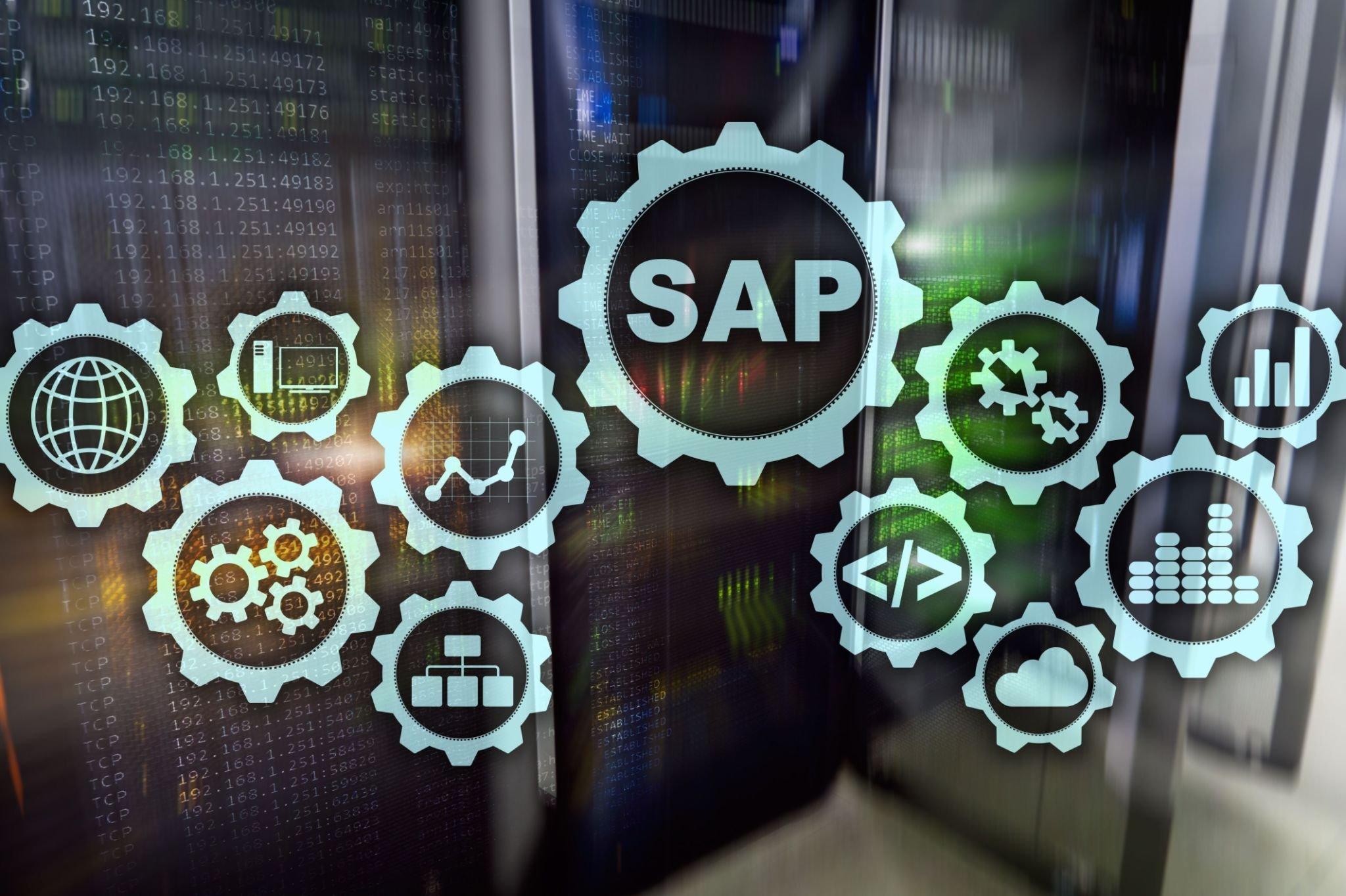As digital transformation becomes imperative for businesses in Malaysia, upgrading enterprise resource planning (ERP) systems has become a top priority. SAP S/4HANA migration is a crucial step in this process, enabling organizations to enhance efficiency, streamline operations, and gain a competitive edge. In this article, we will explore the what, how, and why of SAP S/4HANA migration, providing Malaysians with valuable insights to facilitate a smooth transition.
What is SAP S/4HANA Migration?
SAP S/4HANA migration refers to the process of upgrading from the older SAP ERP systems to the latest SAP S/4HANA platform. It is a significant undertaking that brings modernization, innovation, and a host of benefits to businesses. S/4HANA introduces an in-memory computing architecture, enabling real-time data processing, advanced analytics, and intelligent automation.
Why is SAP S/4HANA Migration Important?
Enhanced Performance: SAP S/4HANA offers faster data processing, allowing for real-time insights and faster decision-making. It empowers businesses with increased agility and responsiveness to market changes.
Simplified Landscape: S/4HANA simplifies the ERP landscape by consolidating various systems and databases into a unified platform. This streamlines processes, reduces data redundancy, and lowers maintenance efforts.
Advanced Analytics: With S/4HANA, businesses can leverage advanced analytics and machine learning capabilities to gain actionable insights from their data. This empowers organizations to make data-driven decisions, improve forecasting accuracy, and identify new business opportunities.
Enhanced User Experience: S/4HANA offers a modern and intuitive user interface, improving user productivity and satisfaction. Its Fiori-based design provides a consistent experience across devices, enabling mobile access to critical business data and processes.

How to Successfully Execute SAP S/4HANA Migration?
Planning and Assessment: Begin by conducting a thorough assessment of your existing system and identifying areas that require improvement. Define your migration goals, establish a realistic timeline, and allocate the necessary resources.
System Preparation: Ensure that your current system is compatible with S/4HANA. Perform system clean-up activities, including data archiving and optimization, to reduce migration time and cost.
Data Migration: Plan and execute a robust data migration strategy, considering data volume, quality, and security. Perform comprehensive testing to validate data integrity.
Business Process Optimization: Leverage the migration as an opportunity to streamline and optimize your business processes. Take advantage of S/4HANA’s best practices and industry-specific templates to enhance efficiency and eliminate redundant workflows.
User Training and Change Management: Invest in user training programs to familiarize employees with the new system. Develop a change management strategy to address potential resistance and ensure a smooth transition.
Conclusion
SAP S/4HANA migration is a critical step towards achieving digital transformation and gaining a competitive advantage in the Malaysian business landscape. By migrating to S/4HANA, organizations can unlock the benefits of enhanced performance, simplified processes, advanced analytics, and improved user experience. To successfully execute the migration, careful planning, system preparation, data migration, business process optimization, and change management are essential. Whether it is assessing the existing IT landscape, executing data migration, or conducting comprehensive testing, ABeam Consulting provides expert guidance every step of the way.
